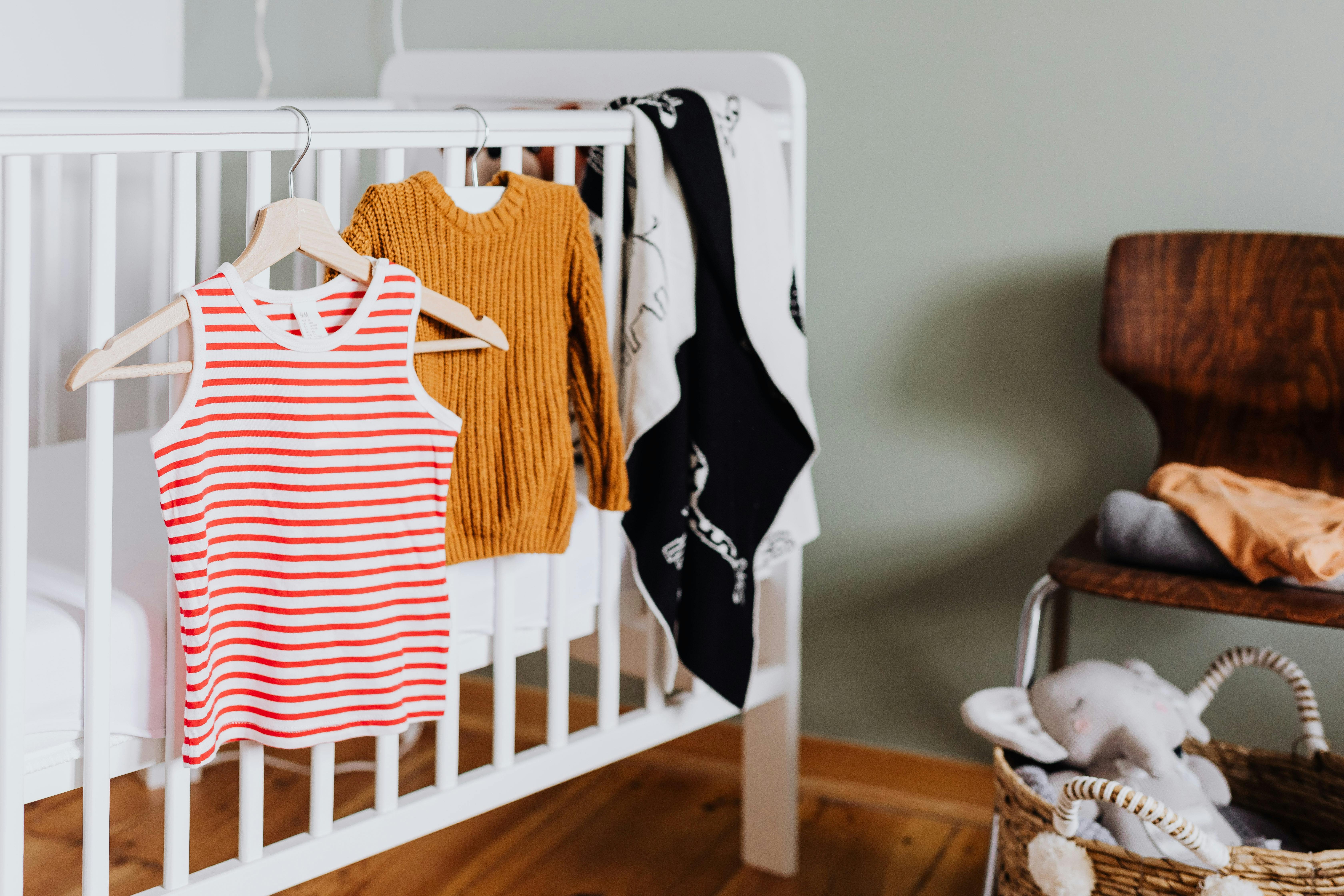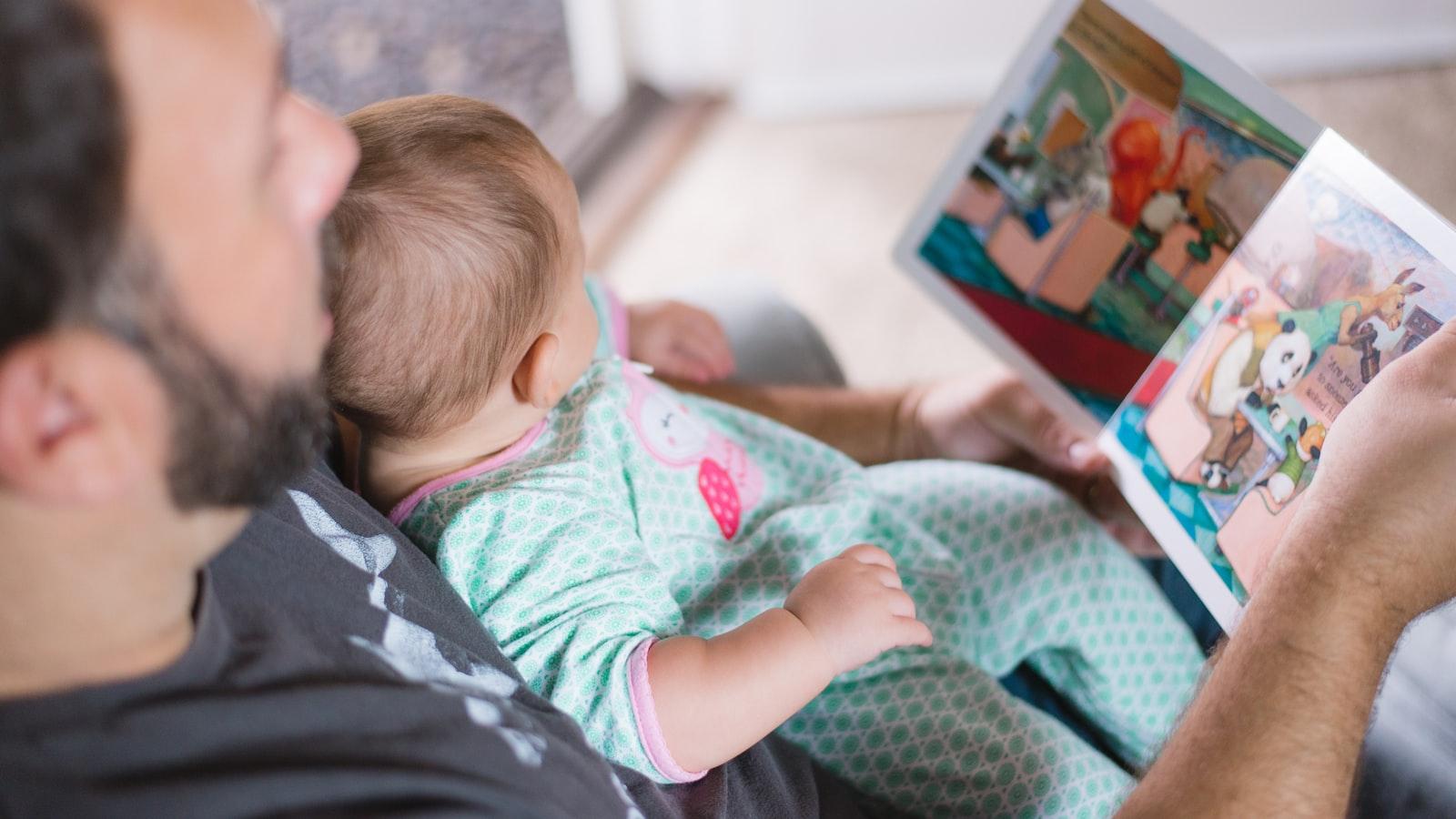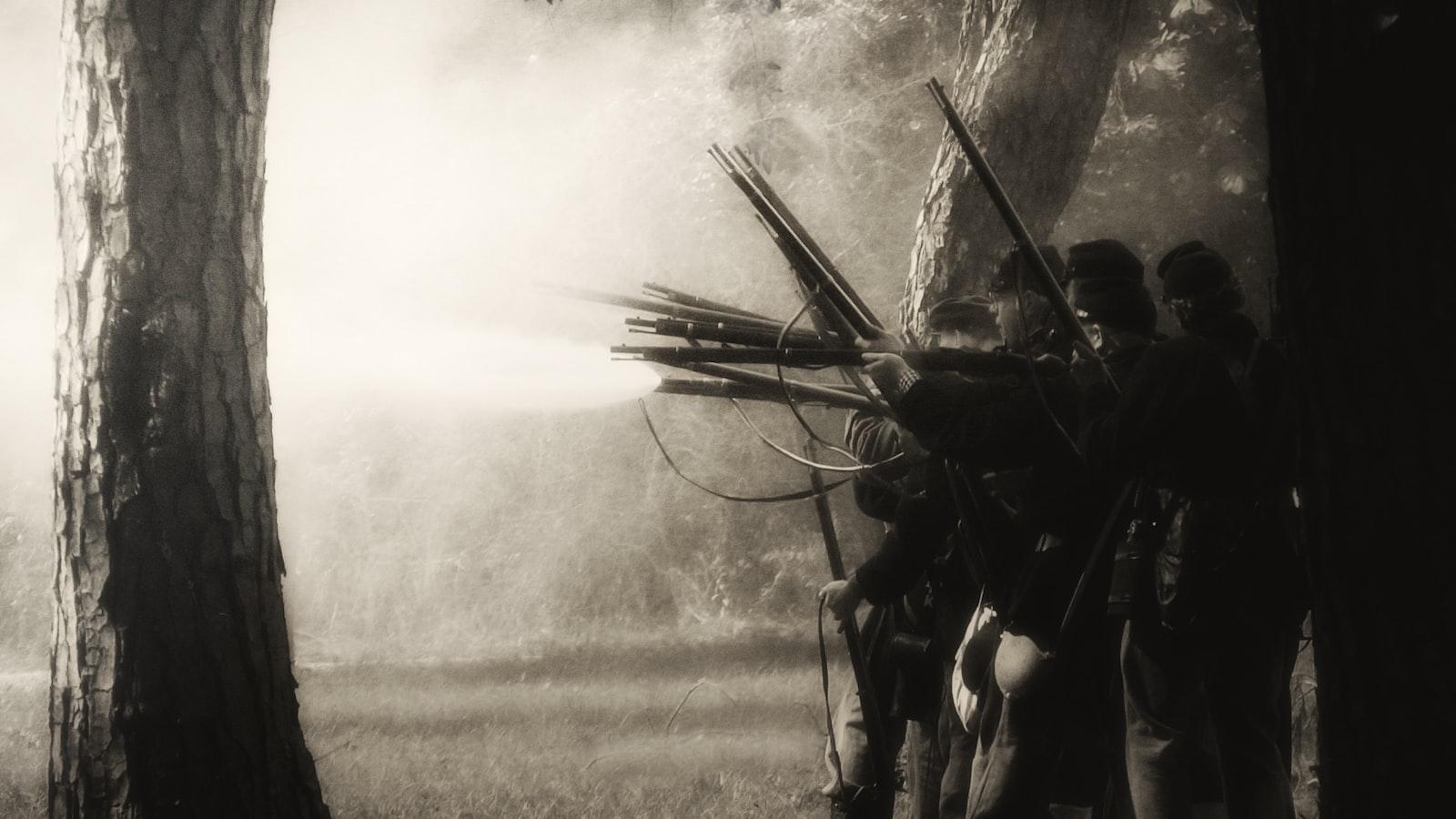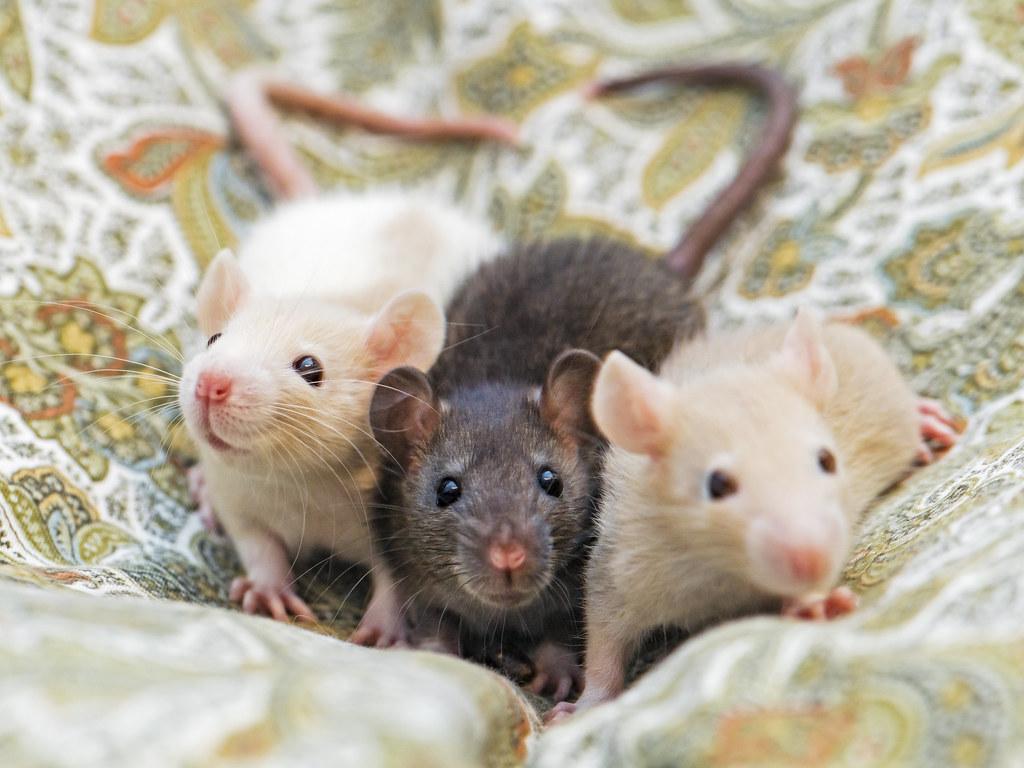Stuffed animals can make a baby’s crib look cozy and inviting. But when is it safe for babies to have stuffed animals in their cribs? It’s important to know when it’s safe so you can make sure your baby has a safe and comfortable sleeping environment. In this article, we’ll look at when babies can have stuffed animals in their cribs and the safety precautions you should take if you decide to let your baby sleep with a stuffed animal.The best time for a baby to have a stuffed animal in their crib is when they are old enough to understand and appreciate the comfort it can provide. Generally, this is around 6-12 months old.
At What Age is Appropriate for a Baby to Sleep with a Stuffed Animal?
It is perfectly natural for babies and toddlers to find comfort in a stuffed animal. An infant can start sleeping with a stuffed animal as early as two months old, depending on the individual. However, the American Academy of Pediatrics (AAP) recommends that all bedding should be removed from the crib or bassinet when a baby is sleeping, including stuffed animals and soft toys.
This recommendation is due to the potential risk of sudden infant death syndrome (SIDS). Keeping a baby’s sleeping space free of any objects, including stuffed animals, can help reduce the risk of SIDS. Therefore, when an infant is too young to understand why they can not sleep with their stuffed animal in their crib or bassinet, it may be best to wait until they are old enough to follow safety guidelines.
Around four months old, babies begin to recognize familiar faces and objects around them; this is when they may start to form an attachment to certain items like their favorite stuffed animal. Once your baby is able to sit up on their own, usually around six months old, you can introduce their favorite stuffed animal into sleep time if you choose. It’s important for parents to make sure any object given to an infant for sleep time meets safety standards set by the Consumer Product Safety Commission (CPSC).
Keep in mind that babies move around during sleep and may become tangled in loose strings or fabrics; therefore it’s important that any items used for sleep time are free of strings or ribbons longer than seven inches or have long tails or parts that could wrap around an infant’s neck. Additionally, check labels on any toys you give your child for sleep time; if it says “not intended for use as a sleep aid” then it should not be given during nap time or bedtime.
Ultimately, parents should use their best judgement when determining when it’s appropriate for their baby to begin sleeping with a stuffed animal; however following guidelines set by the AAP and CPSC are important steps towards keeping your little one safe during sleep times.
Is it Safe for Babies to Have Stuffed Animals in Their Cribs?
Having a stuffed animal in a baby’s crib can be comforting and soothing. They can provide a sense of security and make the baby feel safe and loved. But is it safe to have stuffed animals in a baby’s crib?
The American Academy of Pediatrics (AAP) recommends that babies sleep in a bare crib with no pillows, blankets, or other soft bedding. This includes stuffed animals. The AAP believes that the risk of suffocation or strangulation from having these items in the crib is too great for infants.
However, this does not mean that babies can never have stuffed animals in their cribs. If the stuffed animal is not too big and does not contain any loose pieces such as buttons, ties, or ribbons, it can be placed near the baby’s bed but outside of the sleeping area. This way, the baby can still enjoy the comfort of their favorite toy without risking their safety.
It is also important to make sure that any stuffed animals or toys that are kept near the baby are regularly cleaned and checked for loose parts or signs of wear and tear. Babies tend to put things in their mouths, so any items near them should be clean and free from germs or harmful substances.
Overall, while having a stuffed animal in a baby’s crib may seem like an innocuous thing to do, it is actually very important to make sure that your child has a safe sleeping environment at all times. Keeping any kind of soft bedding or toys out of reach can help ensure your baby’s safety while they rest peacefully.
What Kind of Stuffed Animals are Safe for a Baby’s Crib?
When selecting a stuffed animal for a baby’s crib, it is important to consider safety first. The safest kind of stuffed animals to use in a baby’s crib are those that are soft and made of natural materials. This means avoiding any stuffed animals that have sharp edges, buttons or other small parts that could be swallowed or pose a choking hazard. It is also important to make sure the stuffed animal is made of non-toxic materials and is free from chemical treatments, dyes, and fragrances. Look for stuffed animals made from 100% natural fibers such as cotton, wool, or silk. Furthermore, it is important to look for stuffed animals that have been certified safe by an independent safety testing laboratory.
In addition to considering the fabrics used in construction, it is also important to look at the size of the stuffed animal. A good rule of thumb is to choose softer plush toys that are no larger than 12 inches in length and width. Avoid large plush toys that could pose an entrapment hazard if the baby were to become wedged between them and the bars of their crib.
Finally, it’s essential to inspect any plush toy before placing it in baby’s crib. Make sure there are no loose threads or pieces that could come off and pose a choking hazard. Additionally, check for any signs of wear or tear on the toy which could lead to pieces coming apart over time. Taking these extra precautionary steps can help ensure your child’s safety when using stuffed animals inside their crib.
Are Plush Toys Safe for Infants in their Cribs?
When it comes to the safety of infants, parents want to make sure that they are providing a safe environment for them. Plush toys are a popular item for infants, but it’s important to understand the safety issues when it comes to putting them in your infant’s crib. While plush toys may be soft and cuddly, they can pose a hazard if not used properly.
When choosing plush toys for your infant’s crib, look for those that are labeled as non-toxic and have no small parts or buttons. It is also important to check the age recommendation on the toy label to make sure it is appropriate for your infant’s age and development level. Additionally, make sure the stuffing inside the toy is made of hypoallergenic materials and that any eyes or noses are securely attached.
Make sure that all stuffed animals are kept out of reach from an infant in their crib. Plush toys should never be placed inside an infant’s crib or near their face while sleeping as this can create a suffocation hazard. Additionally, if you choose to hang plush toys from above the crib, make sure they cannot be reached by an infant from inside the crib.
It is also important to remember that plush toys should not be used as a substitute for bedding items such as blankets or pillows as these items can also create a suffocation hazard if left in an infant’s sleeping area. If you choose to use plush toys in your infant’s bedroom, only do so when they are awake and supervised by an adult at all times.
Overall, it is important to consider safety first when deciding whether or not to use plush toys in your infant’s crib. Be sure to select non-toxic items with no small parts or buttons and keep them out of reach while your child is sleeping.

Should Babies Sleep with Stuffed Animals Every Night?
It is not uncommon for babies and young children to have a stuffed animal or two that they sleep with. Many parents may wonder if it is okay for their baby to sleep with a stuffed animal every night. The answer is that it can be okay as long as certain precautions are taken.
Stuffed animals can provide comfort and companionship to babies, especially if the baby is feeling anxious or having trouble sleeping. However, they should not be the primary source of comfort for a baby. Parents should ensure that the stuffed animal does not become a necessary part of the bedtime routine.
In addition, parents should also make sure that the stuffed animal is clean and free of dust mites or other allergens. It is also important to choose a soft toy that is small enough for a baby to hold without getting their arms tangled up in it.
Finally, parents should inspect their baby’s stuffed animals regularly for signs of wear and tear. If the fabric starts to fray or pieces start to come off, it may be time to replace the stuffed animal with something new.
Overall, it can be okay for babies to sleep with a stuffed animal every night as long as their parents monitor them closely and take the necessary safety precautions. Doing so will help ensure that babies get the comfort they need while still staying safe in their beds at night.
Ensuring the Safety of Your Baby’s Stuffed Animal in the Crib
Stuffed animals are an important part of a baby’s life, providing comfort and companionship during those early years. Keeping them safe in the crib is essential for your baby’s safety and wellbeing. Here are some tips to make sure your baby’s stuffed animal is kept safe while in the crib:
First, it is important to ensure that all stuffed animals are free of any small parts or buttons that could come off and cause a choking hazard. Check all toys before giving them to your baby and discard any that have loose buttons or parts. Additionally, make sure there are no sharp edges on any of the toys that could potentially harm your child.
Second, keep an eye on how many stuffed animals are in the crib at one time. Too many can be overwhelming and create a cluttered environment for your baby. Also, if too many stuffed animals are present it can create a suffocation hazard for your child if they roll over onto their stomach with their face pressed against too many stuffed animals. Make sure there is enough space between each toy so your baby can move around freely in their crib without getting overwhelmed.
Third, check for any signs of wear and tear on the stuffed animal regularly. If there is any fraying or tearing present it could pose a choking hazard for your child if they were to swallow any of these pieces. Discard any toys that have begun to show signs of wear and tear immediately.
Finally, supervise your child while they play with their stuffed animals in the crib to make sure they remain safe at all times. This will allow you to intervene quickly should something unexpected happen while they play with their toys.
By following these simple tips you can ensure that your baby’s stuffed animal remains safe while in the crib and provide them with hours of comfort and companionship without compromising their safety.
Should You Leave the Stuffed Animal in Your Baby’s Crib All Day Long?
Leaving a stuffed animal in your baby’s crib all day long can be a great way to provide comfort for your little one. Stuffed animals can help soothe babies during naps and provide companionship while the baby is alone. However, it is important to consider the potential risks associated with leaving a stuffed animal in the crib all day long.
One of the biggest risks is that babies can suffocate if their face is pressed against a stuffed animal, or if they become entangled in its fabric or stuffing. Babies’ noses and mouths can easily be blocked by a stuffed animal, leading to serious complications. Therefore, it is important to ensure that any stuffed animals left with your baby are securely placed away from their faces and do not have any loose parts that could become entangled in their clothing or bedding.
In addition, it is important to make sure that the stuffed animal you choose for your baby’s crib is free from small parts that could come loose and create a choking hazard. Small pieces of stuffing or fabric can easily be swallowed by an infant, leading to serious health problems if not removed quickly. Therefore, choosing a high-quality stuffed animal made from durable materials will help reduce these risks.
Finally, it is important to keep any stuffed animals clean and free from bacteria and dust mites. Dust mites can cause allergies and other respiratory problems in infants if allowed to build up over time. Vacuuming and spot cleaning regularly will help keep these pests at bay.
Overall, leaving a stuffed animal in your baby’s crib all day long can be beneficial for providing comfort and companionship while helping them feel secure when alone. However, it is important to consider potential safety risks associated with doing so and take steps to minimize them as much as possible.

Conclusion
Stuffed animals can be a great way to add comfort and security to your baby’s crib. However, it is important to ensure that the stuffed animal is of a safe size and is securely attached to the crib. It is also important to regularly inspect the stuffed animal for signs of wear and tear, as well as for any loose pieces or parts that could become a choking hazard. Furthermore, it is best to avoid using any type of stuffed animals that contain small parts or pieces such as eyes, buttons, or bows. By monitoring your baby’s use of stuffed animals in their crib, you can help ensure their safety and well-being.
In conclusion, determining when your baby can have a stuffed animal in their crib will depend on a variety of factors including the age and development stage of your child. While there are no hard and fast rules regarding when babies should start having stuffed animals in their cribs, it is important to be mindful of safety considerations before introducing them into the environment.




